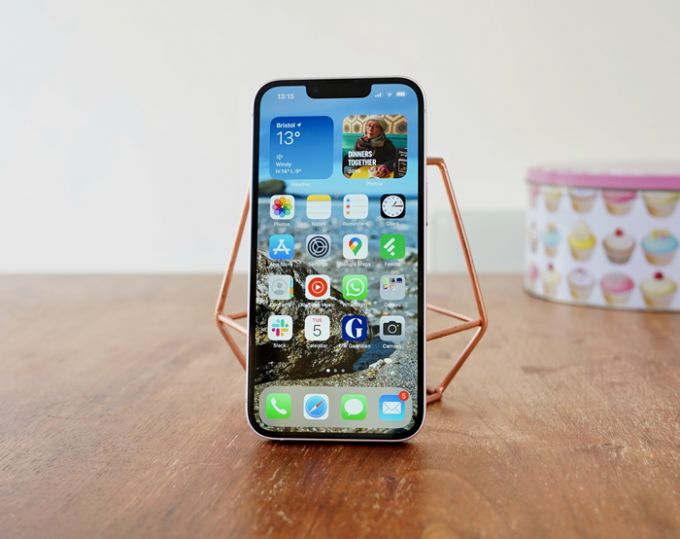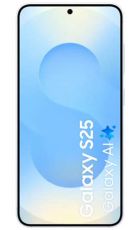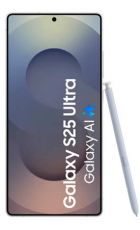The iPhone 13 is at first glance a boring smartphone. Yes, it’s packed full of power and has a great screen and capable cameras, but so did the iPhone 12, and on the surface the iPhone 13 seems like more of the same.
But is there more beneath the surface or is this really just a slightly upgraded version of the phone from 2020?
The short answer is that it’s a bit of both – there are certainly some notable upgrades here, but they arguably don’t go as far as they should have. Still, given that the iPhone 12 is still a brilliant phone, the iPhone 13 can get away with being a bit samey.
As for exactly how it’s similar and different, read on for a full look at Apple’s latest phone.
Screen
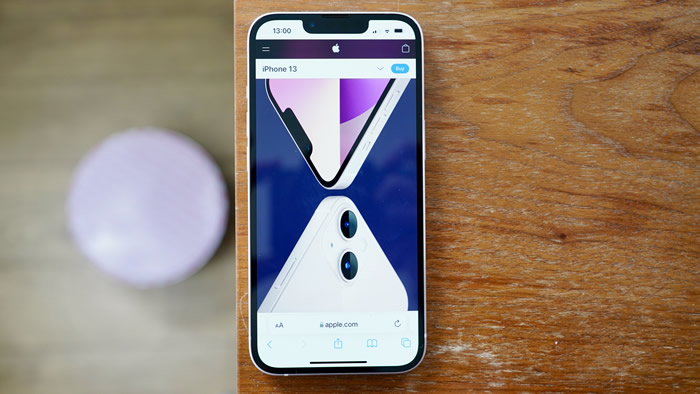
The iPhone 13 has a 6.1-inch 1170 x 2532 OLED screen with a pixel density of 460 pixels per inch, HDR10 support, and a peak brightness of 1200 nits.
On paper that’s all good, but also all fairly ordinary. There are phones with bigger, sharper, brighter screens, like the Samsung Galaxy S21 Ultra, but then that phone also costs more.
A fairer comparison would be with the standard Samsung Galaxy S21, which is a closer match for Apple’s phone, but still has the edge when it comes to the refresh rate, as while the S21 has a 120Hz refresh rate, the iPhone 13 is stuck with a slightly dated 60Hz one. For a 120Hz iPhone you’ll have to go for an iPhone 13 Pro or iPhone 13 Pro Max.
So that’s slightly disappointing, as is the fact that other than its brightness the screen is largely unchanged from the iPhone 12. And yet the end result is still a display with a great picture. It looks good in use, and that’s what matters most. Its fairly compact size could also make it more appealing to some people than the likes of the S21 Ultra, as bigger isn’t always better.
Design
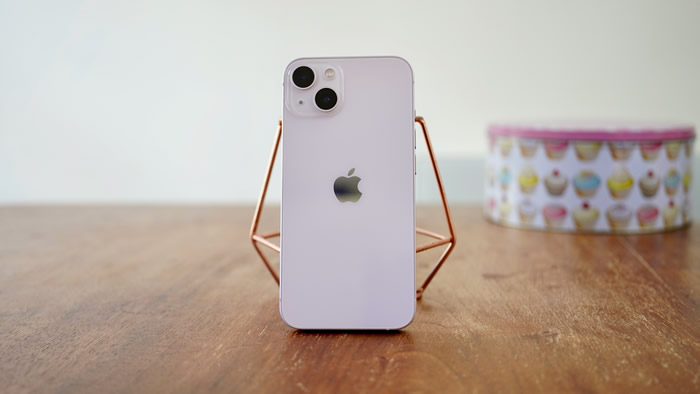
It’s not just the display that hasn’t been changed much – the design hasn’t either. But let’s start with what has changed here. The camera arrangement is different, with the lenses being laid out diagonally on the iPhone 13 rather than in a straight line. The notch is also smaller this year – 20% smaller to be precise.
That’s a step in the right direction, but the fact that the iPhone range still has a notch at all is disappointing.
Still, other than the notch this is an attractive phone, with a glass back, metal sides, and more durability than you might expect. Not only does it have a class-leading amount of water resistance (to depths of up to 6 metres for up to 30 minutes), but it also has Ceramic Shield protection on the screen, which Apple claims makes it better able to withstand drops than other phones.
Power
One big upgrade the iPhone 13 has had is to its chipset, which this year is an A15 Bionic one. Apple claims that this has a CPU that’s up to 50% faster than the competition, and graphics that are up to 30% faster, and going by benchmarks these claims look true.
In other words, the iPhone 13 is on paper a more powerful phone than even the likes of the Samsung Galaxy S21 Ultra and the OnePlus 9 Pro. It probably is in practice too, but all of these phones are so powerful that you’ll be hard pushed to tell much difference.
Still, as one of the cheaper iPhone 13 models - and being a phone that’s cheaper than some Android flagships - that’s still very impressive.
As well as that chipset there’s reportedly 4GB of RAM. We say reportedly because Apple doesn’t confirm that figure, but teardowns suggest as much. That’s not much, but Apple is always frugal with RAM, and never seems to be held back by low amounts.
Camera
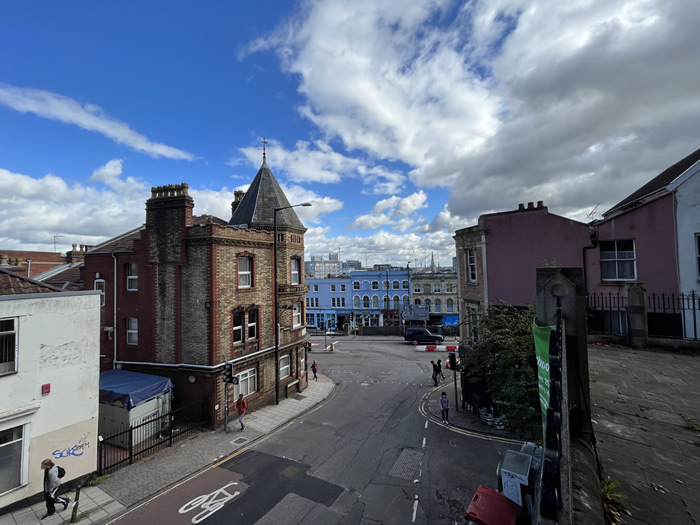
There’s a similar camera setup to last year here, but with some improvements. The iPhone 13 has a 12MP f/1.6 main camera and a 12MP f/2.4 ultra-wide one, so you don’t get as many lenses as some rival phones, but what’s here performs well.
Apple has added sensor-shift optical image stabilisation to the main camera, which helps keep shots in focus even when your hand isn’t totally steady. It’s also using larger pixels than the snapper on the iPhone 12, which allows more light in and improves low light performance.
The results are consistently impressive, with Apple’s latest phone being among the best for the types of shots it’s designed to take – which basically means most things except telephoto shots, since it lacks a zoom lens.

There are some handy software features here too, including Photographic Styles, which lets you tweak the look of your images with a selection of pre-set styles, such as Vibrant or Rich Contrast.
Perhaps more excitingly there’s Cinematic Mode, which cleverly tracks faces and shifts focus automatically when needed. These join Apple’s already excellent library of camera modes and tools.
And there’s a 12MP f/2.2 camera on the front of the iPhone 13, which is among the best selfie snappers you’ll find on a phone, thanks in large part to its superb portrait mode.
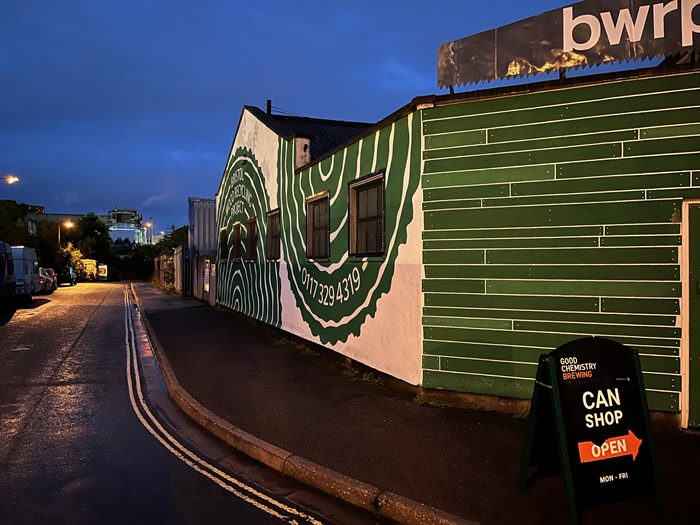
Features
The iPhone 13 doesn’t have much in the way of new features, but there are some returning ones that are worth mentioning. For one thing, like most iPhones this has Face ID, which remains the slickest and most secure facial recognition system on a phone – it’s almost good enough to justify the notch that houses it.
Then there’s MagSafe, which is a magnetic accessory system, allowing you to attach a wireless charger to the back of the phone so it stays aligned, or to magnetically stick the likes of wallets and other accessories to it.
You also get iOS 15 software, and like all iPhones this is sure to get many years of updates.
Battery life, memory, and connectivity
The iPhone 13 reportedly has a 3,240mAh battery (that being another spec that Apple doesn’t reveal). That’s not especially large, but life is fairly strong. Apple claims you can get up to 19 hours of video playback from it on a single charge, while with mixed use you should get at least a day unless you’re an extremely heavy user.
It’s above average in this regard overall. Not one of the best, nor even one of the best in the iPhone 13 range, but good compared to many previous iPhones, and definitely good enough. Charging is less impressive though, with speeds topping out at 20W (or 15W for wireless charging). When the likes of the Xiaomi 11T Pro offer 120W and even the OnePlus 9 offers 65W, that’s just not good enough.
Memory meanwhile comes in a choice of 128GB, 256GB or 512GB, so you have a decent number of options there, and connectivity options include 5G, Bluetooth 5.0 and NFC.
Verdict
The iPhone 13 is a considered but conservative upgrade on the iPhone 12. Its smaller notch, better battery life, improved cameras and vastly superior power ensure it’s a good buy for anyone upgrading from an iPhone 11 or earlier, but the changes are small enough that you might want to think twice if you already have an iPhone 12.
The lack of a 120Hz screen is a real shame too. Apple is reserving this for its Pro models, but across the rest of the industry it’s now almost a standard feature.
Still, while we’d have liked to see more upgrades, what’s here remains excellent, and stands up well to other similarly priced phones.


